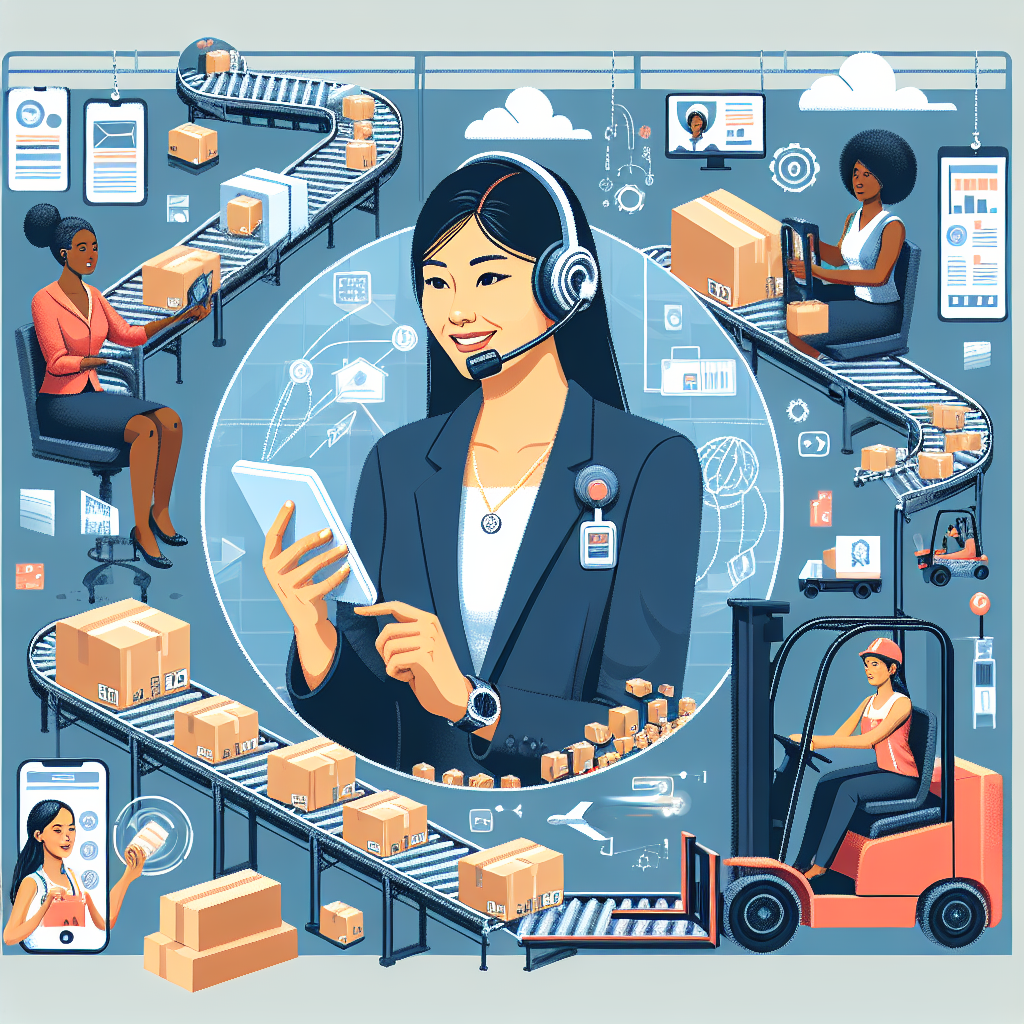In an industry historically dominated by men, women are increasingly taking the helm in logistics, redefining norms and driving innovation. As global supply chains become ever more complex, the infusion of diverse perspectives and leadership styles is leading to significant advancements in efficiency, collaboration, and sustainability. This article delves into the remarkable journey of women in logistics, highlighting their achievements, challenges, and the future they are shaping.
The Evolving Landscape of Logistics
The logistics sector encompasses a vast array of activities, including transportation, warehousing, inventory management, and supply chain coordination. Traditionally viewed as a male-dominated field, logistics has started to see a remarkable increase in female participation influenced by broader trends advocating for gender equality in the workplace. Women now occupy key roles across various segments of the logistics industry, from front-line positions to executive leadership.
Breaking Down Barriers
Women in logistics have overcome significant barriers to establish their roles within the industry. These barriers often include ingrained stereotypes, a lack of female role models, and a noticeable absence of support systems tailored for women’s advancement. However, the landscape is changing:
-
Mentorship and Networking: Numerous organizations and networks dedicated to supporting women in logistics have emerged, such as the Women in Logistics and Transport (WILAT) and the Women’s Transportation Seminar (WTS). These groups provide mentorship programs, networking opportunities, and resources for professional development, helping women to connect, share experiences, and build their careers.
-
Education and Training: As educational institutions recognize the importance of gender diversity in logistics, they are offering specialized programs aimed at women. Courses that focus on leadership, negotiation, and technical skills are empowering women to pursue careers in logistics with confidence.
- Corporate Initiatives: Many companies within the logistics sector have started to implement diversity and inclusion (D&I) initiatives. By fostering inclusive workplace cultures that support gender diversity, organizations are not just attracting talent but also retaining it. Inclusive hiring practices, flexible work arrangements, and family-friendly policies are becoming more common, enabling women to thrive.
Thriving in Leadership Roles
Women are increasingly stepping into leadership roles that were once rare. Notably, many female leaders in logistics have showcased their ability to navigate complex challenges and lead teams effectively. Their leadership is characterized by collaboration, empathy, and innovation—qualities that are invaluable in today’s fast-paced logistics environment.
Leaders like Karen Jones, CEO of a major logistics company, and Ellen Voie, CEO of Women In Trucking, are paving the way for the next generation by advocating for diversity, sharing their insights, and demonstrating that women can be successful in high-stakes roles. Their stories inspire aspiring logistics professionals to envision their careers differently.
The Value of Diversity
The infusion of women into the logistics sector is about more than just equality; it brings tangible benefits to organizations. Research has consistently shown that diverse teams are more creative and make better decisions. In logistics, this diversity leads to enhanced problem-solving capabilities and improved operational efficiency.
Companies that prioritize gender diversity in leadership roles also enjoy better financial performance. McKinsey’s reports have shown a positive correlation between women in leadership and organizational profitability, indicating that female leaders contribute significantly to the bottom line.
The Future of Women in Logistics
Looking ahead, the future of women in logistics appears bright but requires continued advocacy and investment. As the industry embraces digital transformation, the rise of technologies such as artificial intelligence, blockchain, and automation will create new opportunities and roles that need to be filled by a diverse workforce.
Developing comprehensive training programs that equip women with the skills necessary for these emerging roles will be crucial. Additionally, addressing issues such as the gender pay gap and providing support for work-life balance will help create an equitable environment where women can flourish.
Conclusion
Women in logistics are breaking barriers and shaping the future of the industry. Their contributions are vital in driving innovation, efficiency, and sustainability within logistics and supply chain management. By continuing to support female participation and leadership, the logistics sector can harness the full potential of its workforce. As we look to the future, it is clear that diversity will be a key driver of success, and women will play a central role in defining and expanding the capabilities of logistics in an increasingly interconnected world. Through collaboration, resilience, and determination, women are not just participants in the logistics field; they are the architects of its future.




